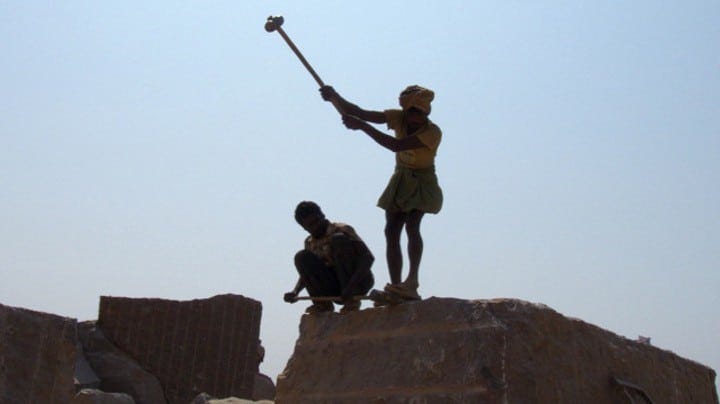‘The Empire Project’: One of the Best Parts of the 2013 New York Film Festival is Available Online

The most interesting selection of the New York Film Festival this year isn’t a feature. It isn’t quite a short film either, not really. It’s interactive, and the best bits of it are available for you to watch at home, right now.
Once upon a time, there was a Dutch Empire. It wasn’t particularly large, but that’s relative to behemoths like the British and…
Keep reading with a 7-day free trial
Subscribe to Nonfics to keep reading this post and get 7 days of free access to the full post archives.



